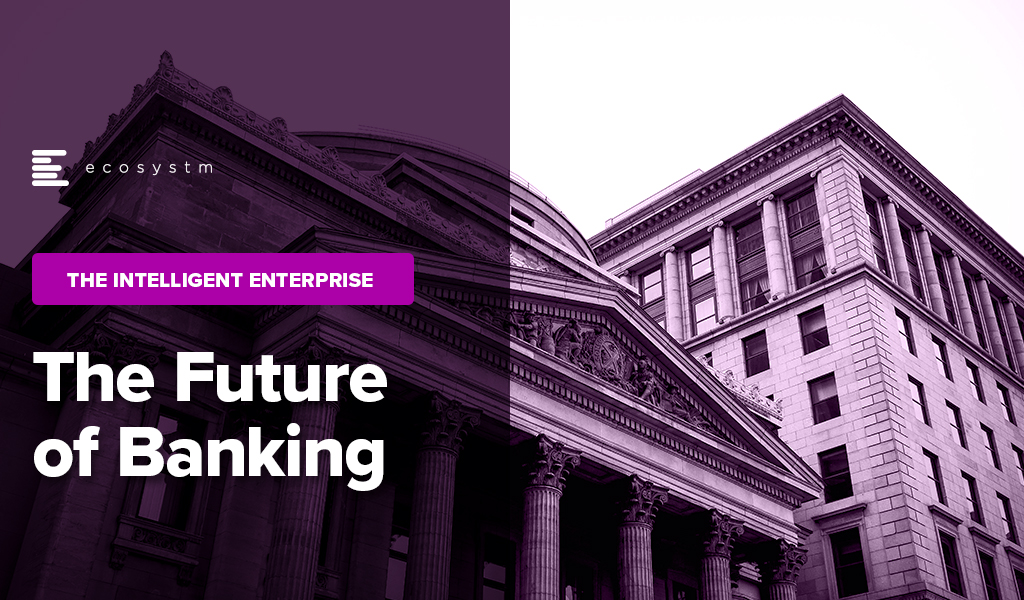What if your bank could predict your financial needs before you even realised them? Imagine a financial institution that understands your behaviours, anticipates your needs, and engages with you meaningfully in real time. That’s the power of modern marketing. We’re not talking about one-size-fits-all campaigns; we’re talking about creating personalised experiences that resonate on an individual level. Financial institutions are increasingly recognising that when marketing is done right, it becomes a powerful driver of customer loyalty and growth.
Take Netflix, for example – the frontrunner in personalisation. They don’t just serve content; they study audience preferences to deliver exactly what each viewer wants. Now, picture banks doing the same. Banks can apply the same principles by building a complete view of each customer based on transactions, preferences, and lifestyle signals. This allows them to deliver personalised content, products, and nudges that help customers make smarter financial decisions – and feel more understood in the process.
The Opportunity: Marketing Beyond the Surface
The real opportunity for banks today is to reimagine marketing – not as a support function, but as a strategic growth engine. This means pulling marketing out of the back office and placing it at the heart of business decision-making. When marketing is deeply embedded in strategy, aligned with business goals, and backed by executive support, it becomes a force multiplier. Cross-functional teams start working in sync, campaigns become smarter and more personalised, and outcomes become measurable and meaningful. The impact? Rapid customer growth, stronger retention, and sharper product uptake. This reimagination hinges on two foundational shifts:
- Culture Shift. Agile, cross-functional teams that focus on delivering specific customer outcomes rather than managing marketing channels in silos. These teams are empowered to act quickly, experiment, and refine based on feedback.
- Tech-Enabled Precision. A well-governed MarTech stack that enables real-time personalisation by effectively using data, decisioning models, and delivery mechanisms. This means moving from siloed systems to unified, intelligent platforms.
When these shifts align, marketing transforms from a function into a growth engine – fuelling innovation and building deeper customer relationships.
Embracing Modern Marketing Principles
Modern marketing starts with a few foundational shifts.
1. Embedding Marketing into Business Strategy. Marketing needs to be part of business strategy from the start – not bolted on at the end. When marketers have a seat at the table during strategy planning, they can shape priorities, align efforts, and measure impact more effectively.
This requires:
- Early involvement in strategic decision-making
- Marketing scorecards derived from business KPIs
- A unified voice across product, marketing, and operations
Also, Internal teams must be in sync with customer promises made externally. This means training, communication, and shared understanding across departments to ensure every touchpoint reinforces a consistent message. Whether it’s a branch interaction, a call centre response, or a chatbot exchange – each moment becomes a reflection of the brand’s commitment.
By embedding marketing within the business from the outset and aligning it with internal delivery mechanisms, organisations are better positioned to deliver on their promises and build lasting trust.
2. Turning Data into Action: Using MarTech for Smarter Decisions and Delivery. Modern marketing runs on data – but it only matters if it drives action. Banks need a systematic approach to turning raw data into relevant, timely customer experiences.
- Organise. Cleanse and consolidate data to form a single view of each customer.
- Decide. Apply AI/ML models to extract insights, make predictions, and personalise offerings.
- Deliver. Communicate through the most effective channels at the right moment.
But a smart stack needs structure. MarTech governance is essential to ensure tech investments are strategic – not duplicative. A cross-functional steering committee, with voices from marketing, IT, compliance, and business leadership, should guide decisions. This keeps tools aligned with business goals and ensures interoperability.
Equally important is fostering a culture of experimentation. A/B testing and continuous learning should be baked into campaign design – not as add-ons, but as core capabilities. This sharpens performance and fuels innovation by quickly scaling what works. Each test becomes a feedback loop, feeding a smarter, more agile marketing engine.
Embedding these practices into the data-decisioning-delivery loop helps banks move from scattered insights to coordinated, high-impact engagement.
3. Outcome-Focused Teams and Operating Models. Rather than being structured around traditional channels, high-performing marketing teams operate around customer journeys and outcomes. Agile squads can be created for:
- Seamless onboarding
- Product activation and adoption
- Retention and cross-sell strategies
These squads have to be multidisciplinary – combining marketing, data science, engineering, and product. They need to be empowered to experiment, move fast, and own KPIs tied to customer impact.
Outcome-driven teams focus on delivering measurable value – not just activity. For instance, a squad working on onboarding might track completion rates and activation time, while a cross-sell squad may target conversion on tailored offers. The shift to outcome-oriented delivery ensures that efforts are tied to clear business metrics, with faster feedback loops and accountability.
By storing, organising, and analysing customer data, banks equip these teams to predict needs more accurately. Insights fuel smarter decisions – enabling real-time, context-aware offers. Paired with agile delivery, this data-led approach makes every interaction timely, relevant, and impactful.
This approach ensures agility, accountability, and focus. By reducing reliance on rigid departmental structures, teams can iterate quickly and deliver greater value across the customer lifecycle.
The Modern Marketing Imperative
As customer needs and expectations evolve, marketing must adapt to modern standards, with a tighter alignment between business and marketing to deliver delightful customer experiences and impactful outcomes. These are the new imperatives for growth.
These principles are not just theoretical – they’re actionable steps that enable banks to anticipate needs, deliver hyper-personalised experiences, and build lasting relationships. By embracing this shift, banks can move from reactive to proactive, empowering customers to make smarter financial decisions while driving loyalty and growth. Ultimately, the future of banking lies in a personalised, integrated, and data-driven experience for every customer.

The global economy remains fragile due to multiple factors; and banking organisations will need to weather the storm. While large and well-capitalised banks are expected to fare better, there is a need for the industry to pursue new sources of value beyond traditional boundaries.
Banking industry leaders should be bold, proactive, and envision possibilities beyond current uncertainties. Technology has a key role to play in turning their innovation and resiliency goals into reality.
Read on to find out how the National Australia Bank, the Scottish National Investment Bank, the ANZ Bank, the Swiss National Bank, Mastercard, and the French banking group Crédit Agricole are leading the charge in driving innovation within the banking industry by investing in new technologies and exploring business models to better serve their customers.
Download ‘The Future of Banking’ as a PDF

The appetite to adopt Open Banking solutions has increased, largely expedited by the pandemic. As consumers look for more digital engagements and better rates and services, they are more open to giving third-party providers access to their financial information that has traditionally been held by their banks.
The success of Open Banking initiatives depends on the Banking and FinTech ecosystem coming together to create an end-to-end digital architecture.
This Ecosystm Snapshot discusses some of the evolving trends in Open Banking, such as product differentiation by FinTechs to address a competitive market; the banking industry’s need to adopt digital and foster innovation; market entry by other industry leaders; and the need for trust in Open Banking adoption.
We cover recent announcements by companies such as Lloyd’s Bank, Mastercard, Batelco Financial Services, CarFinance 247, Credit Kudos, Prometeo, APImetrics and tomato pay.
























